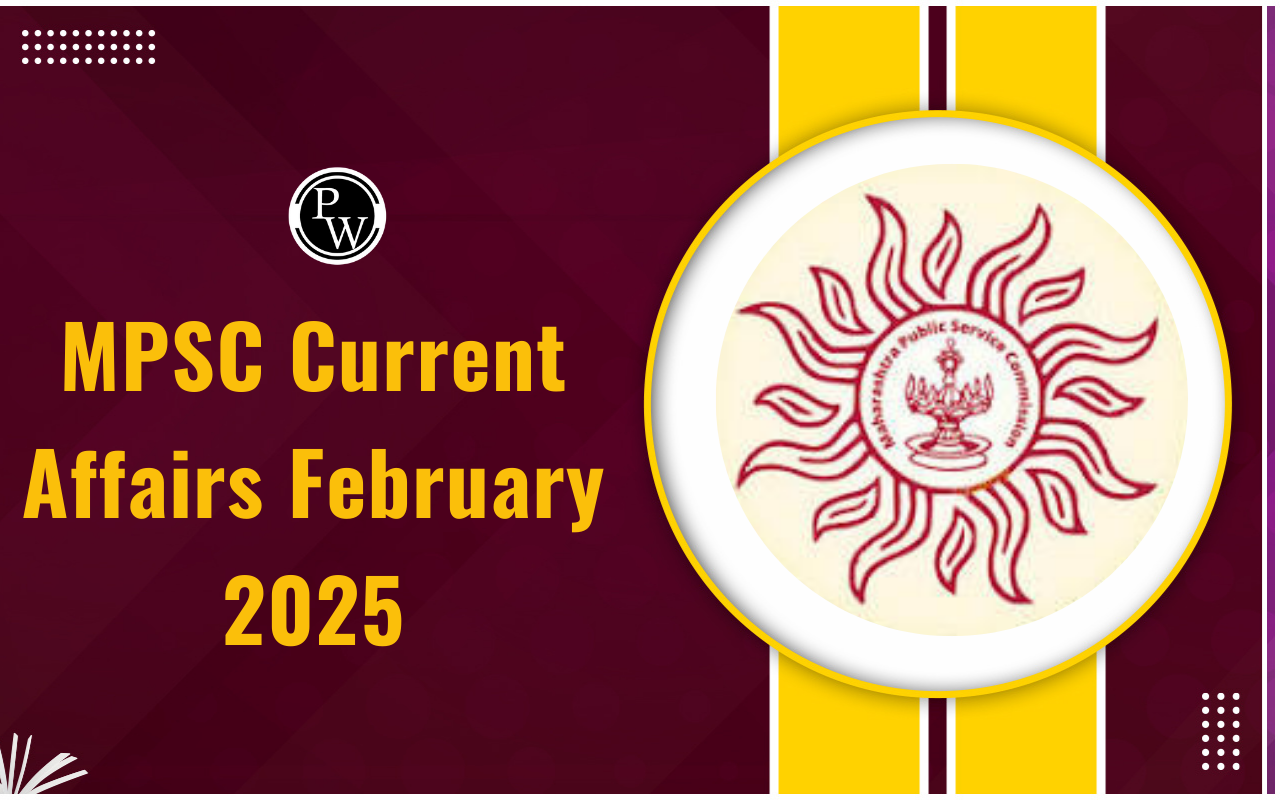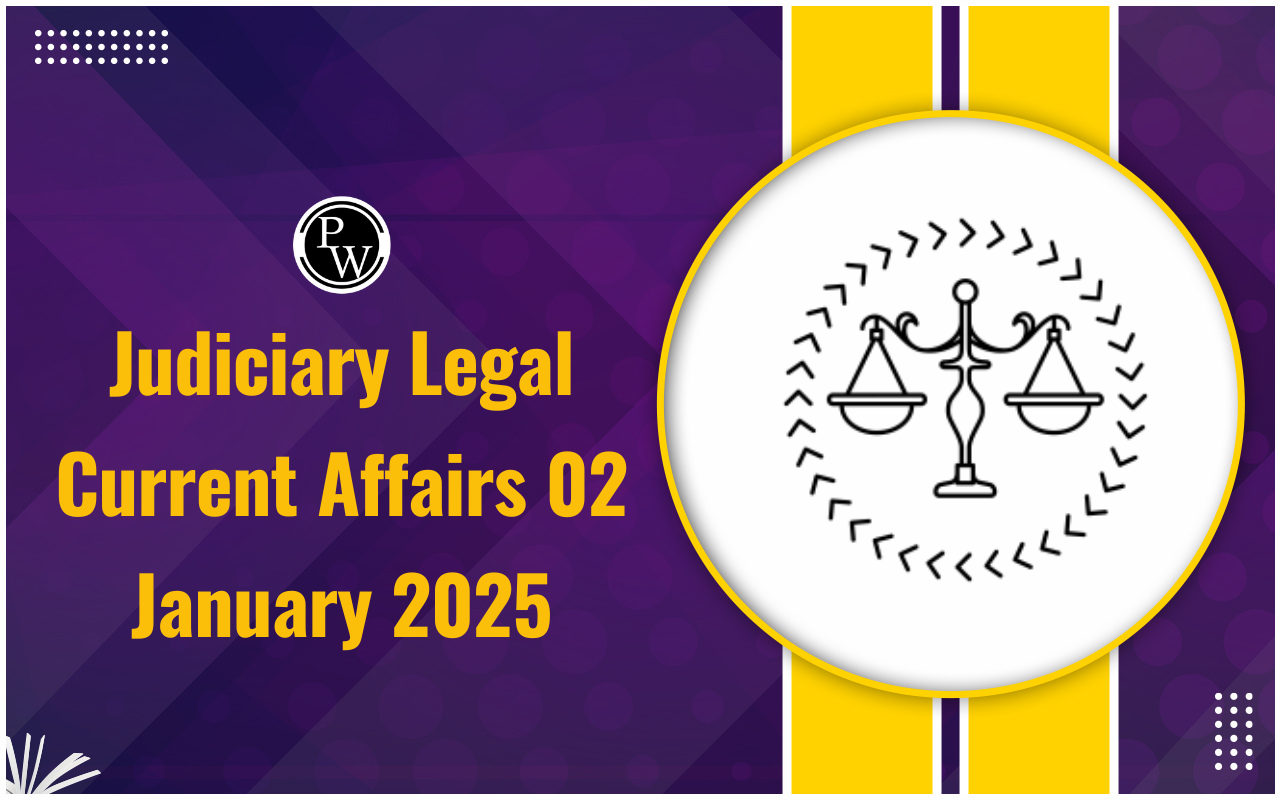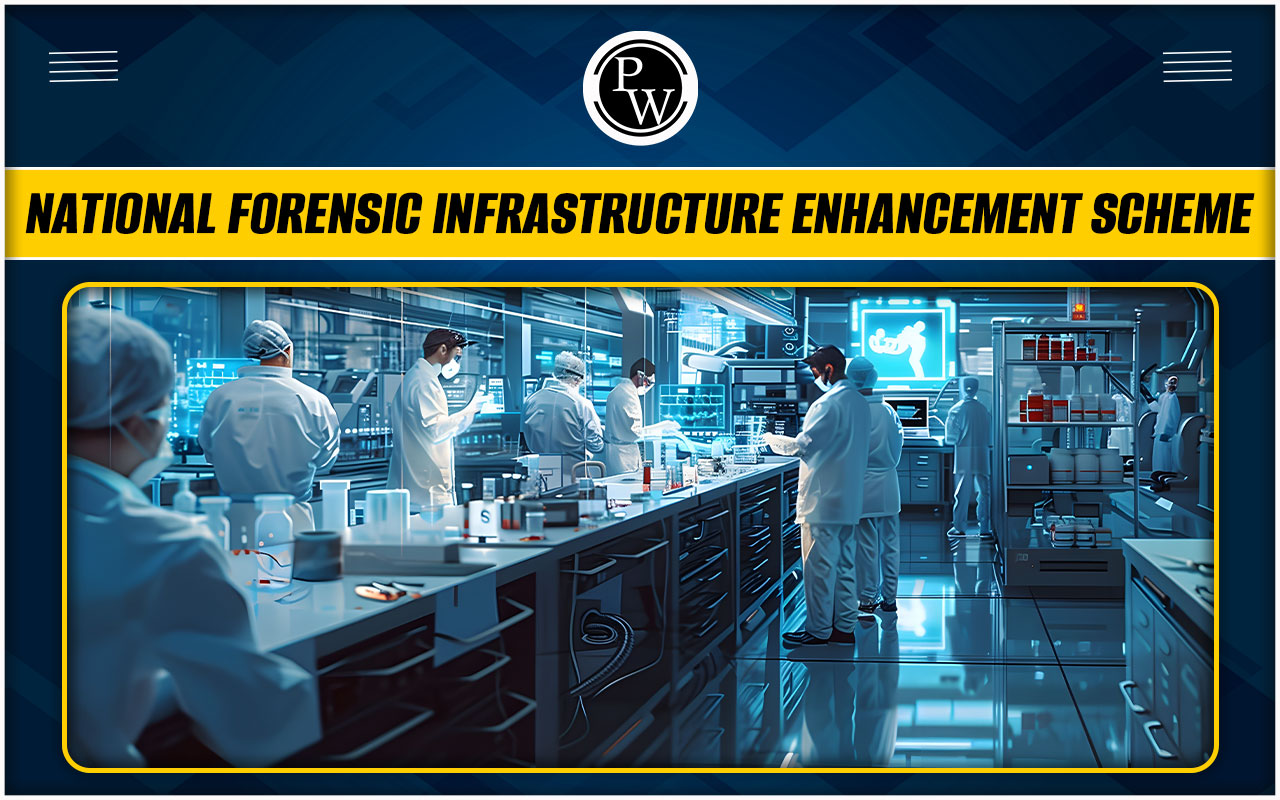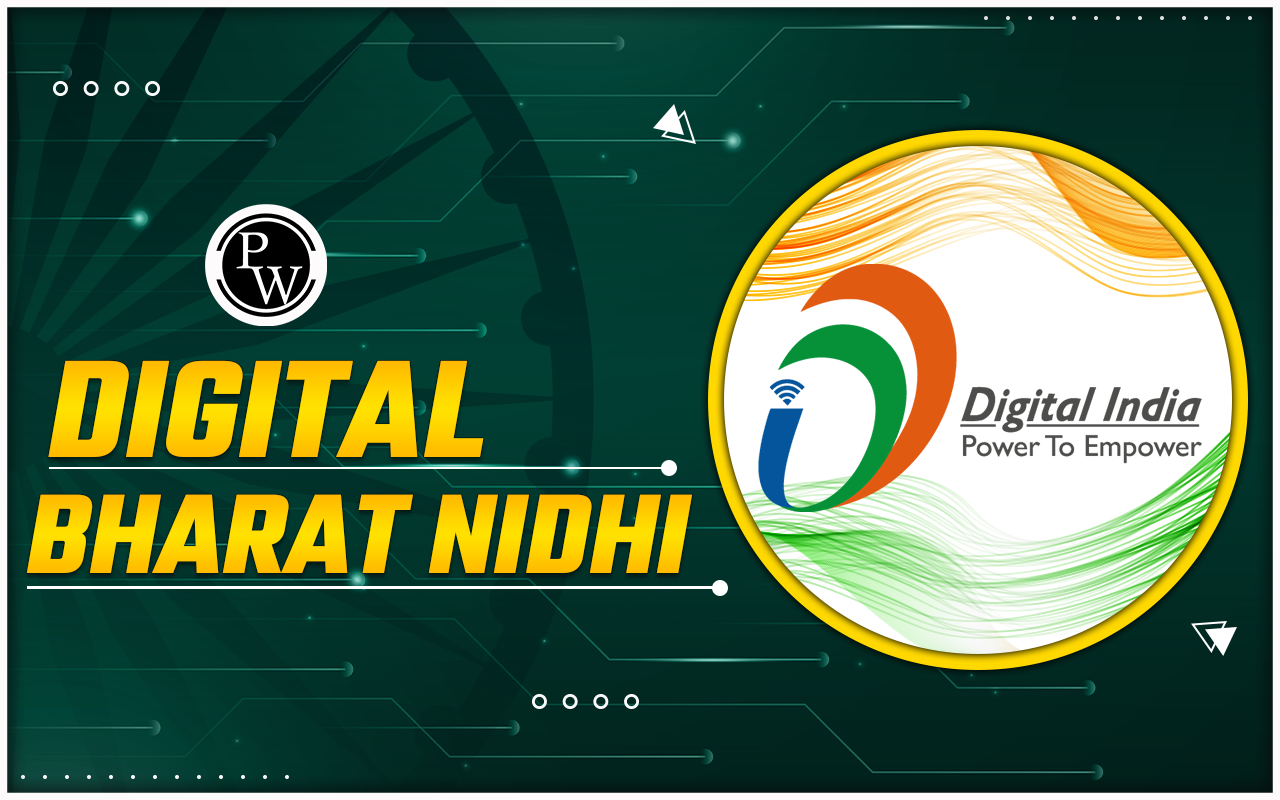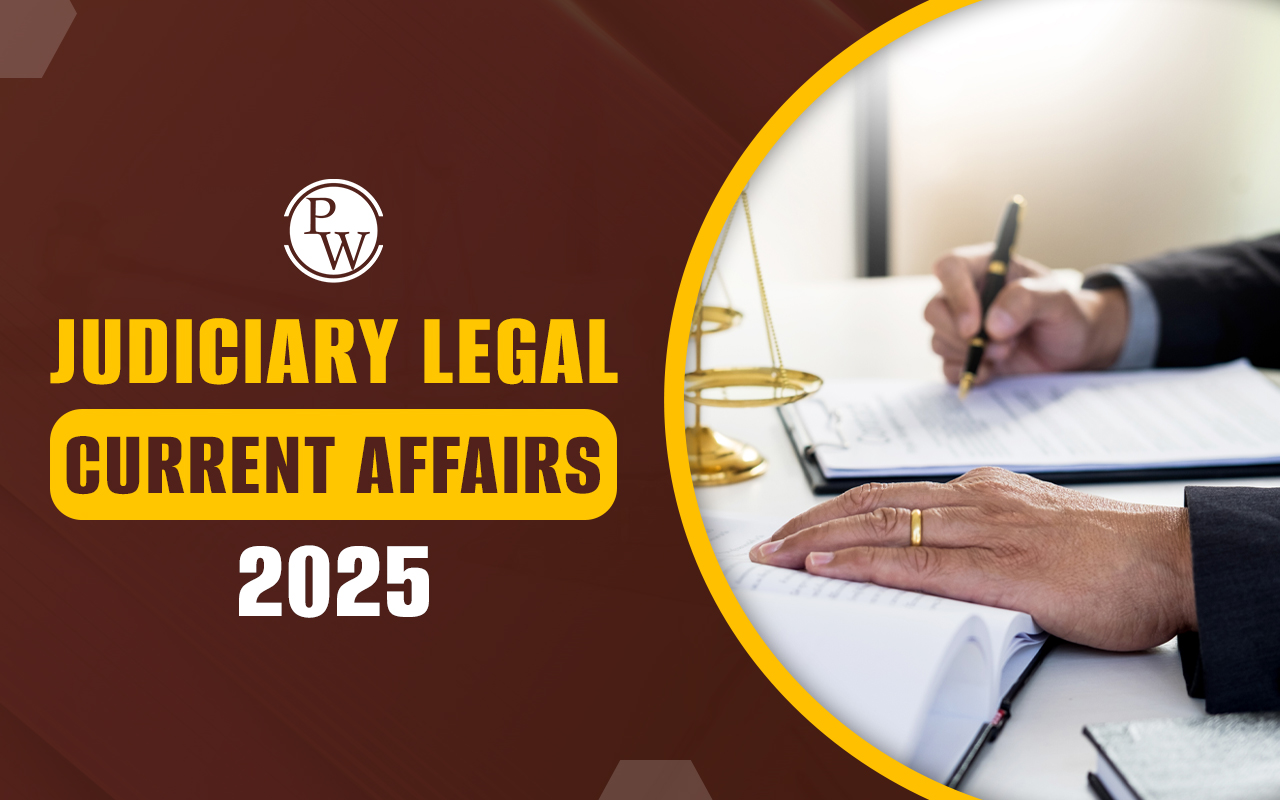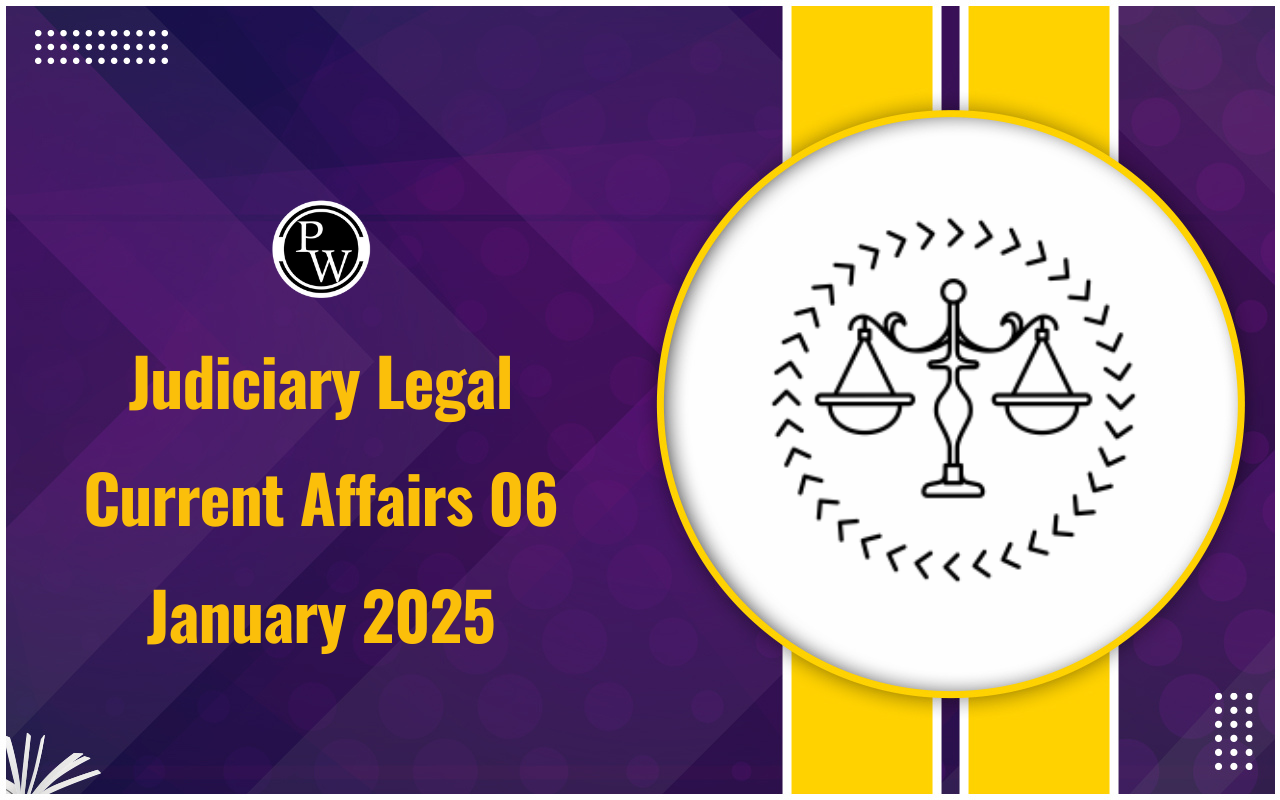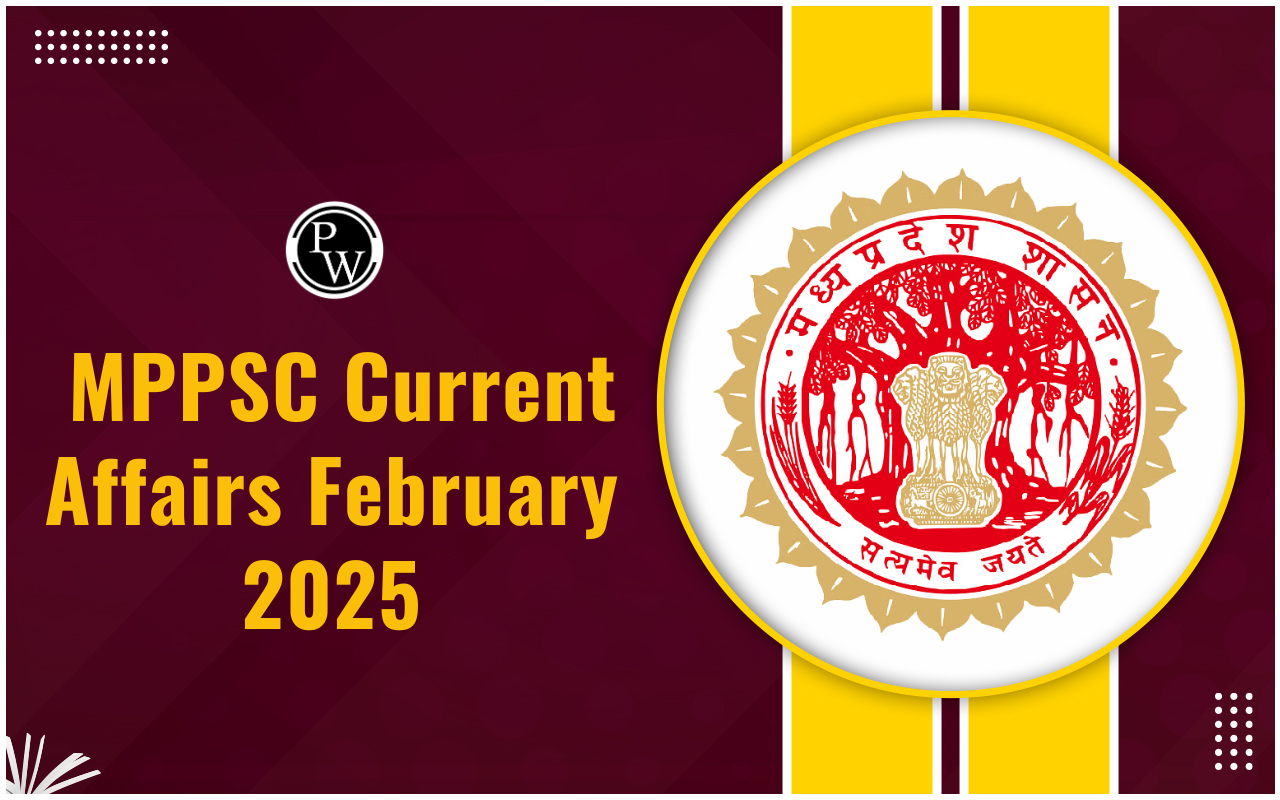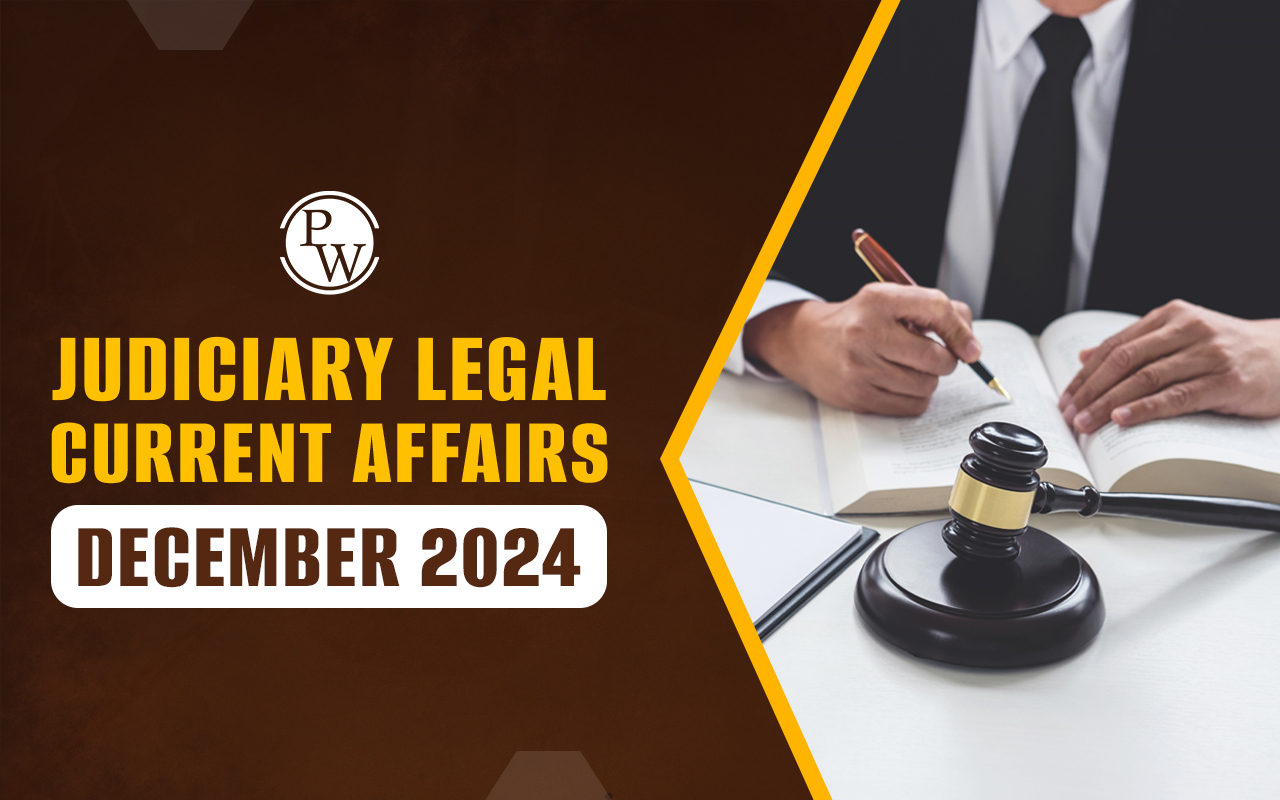
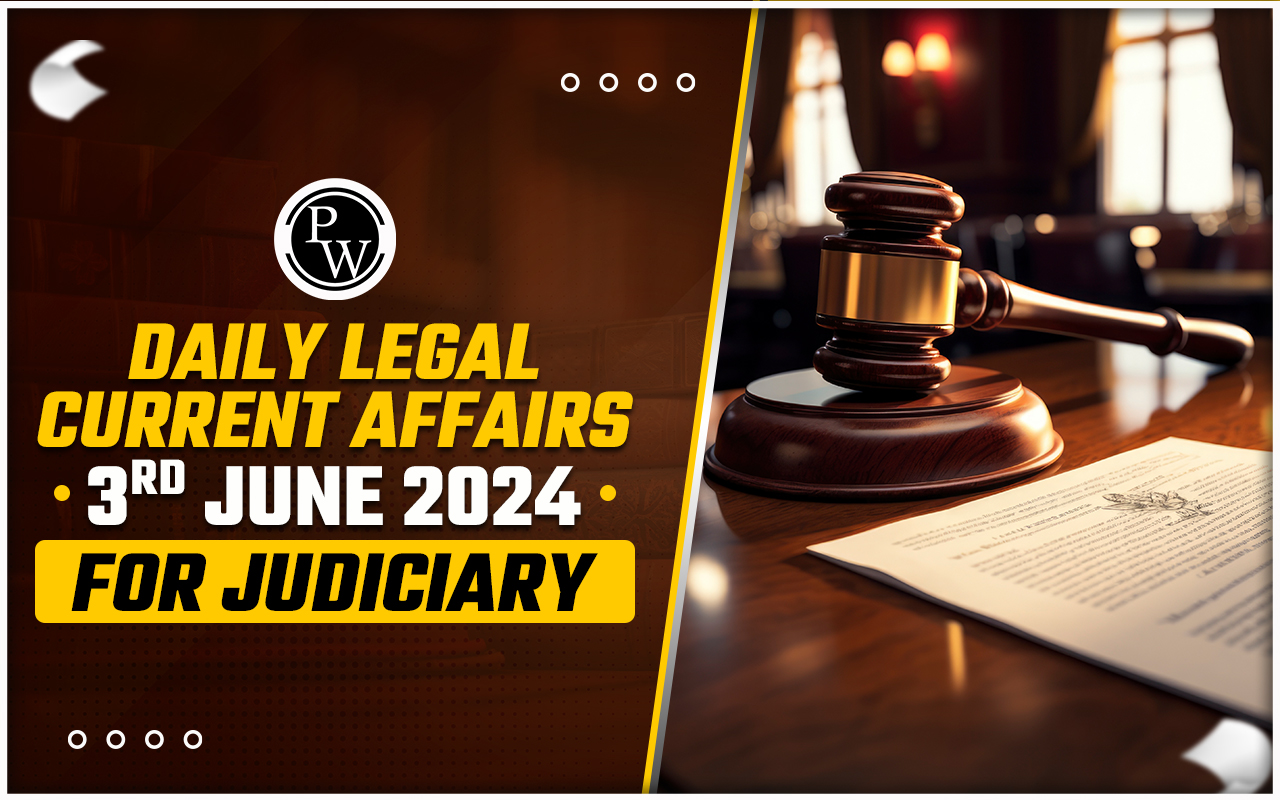
Ravikumar Dhansukhlal Maheta & Anr. v. High Court of Gujarat & Ors. | Writ Petition (Civil) No. 432 of 2023
-
- BENCH: Justice JB Pardiwala, CJI DY Chandrachud, Justice Manoj Mishra
- FORUM: Supreme Court of India
- FACTS OF THE CASE
-
-
- On May 17 2024, the Supreme Court upheld the recommendations made by the High Court of Gujarat in 2023 for the promotion of Senior Civil Judges to the 65% promotion quota of District Judges on the basis of merit-cum-seniority principle.
- It was observed that since the Constitution doesn't prescribe a criterion for promotions, the government employees cannot expect promotions as their intrinsic right.
- The writ petitioners sought to declare the Select List dated 10.03.2023 issued by the High Court of Gujarat for the promotion of Senior Civil Judges to the Cadre of District Judge (65% quota) as being violative of Article 14 of the Constitution of India as well as Rule 5 of the Gujarat State Judicial Service Rules, 2005.
- Rule 5 requires that the 65% recruitment to the District Judge cadre be done through promotions amongst the Senior Civil Judges on the principle of merit-cum-seniority and passing a suitability test.
- The Court has also suggested that the Gujarat High Court may amend its Rules on the aspect of the suitability test in making it as elaborative as seen in the Uttar Pradesh Higher Judicial Service Rules, 1975.
-
- Key Recommendations
-
-
-
- Viva Voce as testing component for the candidates.
- Increasing the passing threshold under each existing component.
- Considering the quality of judgements of the candidates from the last two years instead of one year.
- Including seniority within the test scoring while finalizing the merit list.
-
-
- COURT’S OBSERVATION
- Colonial Genesis of Seniority-Based Promotions & Absence of Right To Promotion Under Indian Constitution
-
-
- East India Company (EIC) used to promote its officials based on the duration of the services that is seniority.
- The rule of promotion through seniority was then officially recognized in the Charter Act of 1793 and continued until 1861.
- Indian Civil Service Act (ICS) in 1861, promotions were then based on both seniority and merit, integrity, competence and ability. This method came to be known as the ' Senioritycum-Merit' until India became independent in 1947.
- The notion of competitive examinations in the modern Civil Services in India was introduced in 1854 consequent to Lord Macaulay's Report of the Select Committee of British Parliament. The said report intended to replace the "patronage based system" of the EIC with permanent Civil Services based on competitive examinations
- The idea was to prevent political influences or subjective bias in the way of key hiring and promotional processes to eliminate unfairness in the administration.
- Competitive examinations were “designed to protect career employees against improper political influences or personal favoritism in the recruiting, hiring, promotion, or dismissal processes, to ensure that personnel management is conducted without discrimination”.
- In 1947, the First Pay Commission suggested using a mix of direct recruitment and promotions. It recommended seniority for roles requiring office experience and merit for higher positions.
- Later commissions in 1959 and 1969 also supported merit-based promotions alongside seniority. It was noted that the principle of seniority was viewed as a reflection of loyalty and reduced favoritism which should be awarded with fair treatment.
- The principle of seniority as a parameter of selection for promotion was found to be derived from the belief that competence is related to experience and that it limits the scope of discretion and favouritism.
- There is always an additional assumption that long-serving employees have demonstrated loyalty to the employing organization and so are entitled to reciprocal treatment.
- In the Indian Constitutional context, the government employees had no right to demand promotion as a matter of right.
- Since the constitution does not specify any set criteria for promotions, the said process is left open to the government or the legislature and varies depending upon the nature of the designation or job for which rules on promotion may be determined.
- Courts can restrictively intervene only when a promotion policy is violative of the equality principle under Article 16 of the Constitution.
- In India, no government servant can claim promotion as their right because the Constitution does not prescribe criteria for filling seats in promotional posts.
- The Legislature or the executive may decide the method for filling vacancies to promotional posts based on the nature of employment and the functions that the candidate will be expected to discharge.
- The courts cannot sit in review to decide whether the policy adopted for promotion is suited to select the 'best candidates', unless on the limited ground where it violates the principle of equal opportunity under Article 16 of the Constitution.
- Policy of promotions is the main domain of the legislature or executive with a limited scope for judicial review.
- In India, no government servant can claim promotion as their right because the Constitution does not prescribe criteria for filling seats in promotional posts.
- The Legislature or the executive may decide the method for filling vacancies to promotional posts based on the nature of employment and the functions that the candidate will be expected to discharge.
- The courts cannot sit in review to decide whether the policy adopted for promotion is suited to select the 'best candidates', unless on the limited ground where it violates the principle of equal opportunity under Article 16 of the Constitution.
- Government employees cannot demand promotion as a matter of right.
- The Court's intervention in promotion policies should only be limited when there is a violation of the equality principle under Article 16 of the Constitution.
-
Hindu Muslim Marriage Invalid Under Muslim Personal Law
-
- FORUM : MP High Court
- FACTS OF THE CASE
-
-
- The petitioners, stating that they were in love with each other, approached the Marriage Officer under the Special Marriage Act, however on account of objections raised by the family, they could not appear before the Marriage Officer.
- As a result, their marriage is not being registered.
- They sought protection to appear before the Marriage Officer on the date fixed for the registration of their marriage under the Special Marriage Act.
-
- OBSERVATION
-
-
- The Court refused protection stating that the marriage between Hindu woman and Muslim man would be irregular as per the Muslim personal law.
- As per Mahomedan law, the marriage of a Muslim boy with a girl who is an idolatress or a fire worshiper, is not a valid marriage. Even if the marriage is registered under the Special Marriage Act, the marriage would be no more a valid marriage and it would be an irregular (fasid) marriage.
-
- Mohammed Salim (D) Through LRs. & Ors. Vs. Shamsudeen (D) Through LRs. & Ors
-
-
- Under personal law, performance of certain rituals are necessary for solemnization of marriage.
- If marriage is performed under Special Marriage Act, then such marriage cannot be challenged on the ground of non-performance of such mandatory rituals.
- But marriage under the Special Marriage Act would not legalise the marriage which otherwise is prohibited under personal law.
- Section 4 of the Special Marriage Act provides that if the parties are not within a prohibited relationship then only marriage can be performed.
- It is not the case of petitioners that in case if marriage is not performed, then they are still interested to live in a live-in relationship.
- It is also not the case of petitioners that the girl would accept Muslim religion.
- Under these circumstances, no case is made out warranting interference.
- The Madhya Pradesh High Court refused to grant protection to an interfaith couple observing that a marriage between a Muslim man and a Hindu woman was invalid as per the Muslim Personal Law.
-
Sanser Pal Singh v. Union of India & Ors.
- BENCH: Acting Chief Justice Manmohan and Justice Manmeet PS Arora
- FORUM: Delhi High Court
- FACTS OF THE CASE
-
-
- An FIR was registered by the Delhi Police on Maliwal's written complaint alleging that Chief Minister Arvind Kejriwal's close aide Bibhav Kumar assaulted her when she went to meet Kejriwal at his residence on May 13, 2024.
- Bibhav Kumar was arrested on May 18, 2024.
- Sanser Pal Singh was aggrieved by the action of media houses ETV Bharat, Gujarat Samachar and India Today as well as social media platforms Meta, X and WhatsApp.
- He argued that the copy of the FIR was being circulated publicly through the news channels, newspapers and social media platforms.
- Disclosing the name along with the contents of such FIR certainly lowers down the dignity of a woman.
- This act has been deliberately done by the respondents and did not even care for the law and judgments/guidelines of this Hon'ble Court and the Hon'ble Apex court in this regard.
- The PIL sought direction on the Union Government and Delhi Government as well as the media and social media platforms not to disclose the name, address other identities of the victim in sensitive matters such as rape or molestation etc.
-
- COURT’S OBSERVATION
-
- Delhi High Court refused to entertain a Public Interest Litigation (PIL) to stop the media from disclosing the name of AAP Rajya Sabha MP Swati Maliwal while reporting the assault case filed by her, along with contents of the FIR.
- The court held that if Maliwal, the victim, is going to the media channels and talking about the case, what locus does Sanser Pal Singh have to file the Public Interest Litigation (PIL).
Also Check: Daily Legal Current Affairs 31st May 2024
National Highways Authority of India v. Rampyari And Another
-
- BENCH: Justice Shekhar B. Saraf
- FORUM: Allahabad High Court
- FACTS OF THE CASE
-
-
- The matter pertained to the acquisition of land for the purpose of widening National Highway No. 26 for commercial use.
- The Competent Authority/Special Land Acquisition Officer, Lalitpur, granted compensation to the Respondent for the acquired land at the rate of Rs.9,88,000/- per hectare (Rs.98.8/- per square meter).
- The Respondent contested the compensation awarded by filing an application under Section 3G (5) of the National Highway Act, 1956, before the District Magistrate/Arbitrator.
- It was argued that the compensation was incorrect, one sided, and undervalued. Subsequently, the Arbitrator increased the compensation from Rs.98.8/- per square meter to Rs.2500/- per square meter.
- Challenging the Arbitrator's decision, the Appellant filed an application under Section 34 of the Arbitration and Conciliation Act, 1996 before the District and Session Judge, Lalitpur, who upheld the Arbitrator's award.
-
- Appellant’s Contention
-
-
-
- The compensation awarded by the Competent Authority was based on the agricultural rate prevailing at the time of the notification under Section 3A.
- The Arbitrator's decision to increase the compensation to Rs.2500/- per square meter was unwarranted, as there was no evidence provided by the Respondent to prove any commercial or residential activities on the acquired land at the time of the notification.
- Appellant raised concerns regarding the timing of the Arbitrator's decision, which was made more than five years after the publication of the 3A Notification, without sufficient justification for the delay or relevance of examples provided by the Respondent.
-
-
- Respondent’s Contention
-
-
-
- The acquired land was designated as "Abadi" in the Schedule under Section 3E which indicated its non-agricultural nature.
- The compensation awarded by the Competent Authority at agricultural rates was arbitrary, considering the land's location on the main road and its potential for commercial use.
-
-
- COURT’S OBSERVATION
-
-
- The Arbitrator duly considered the crucial date of the publication of the notification under Section 3A as the point for determining the market value of the acquired land.
- The Competent Authority adhered to the stamp rate list effective on this date and determined the compensation at Rs.9,88,000 per hectare, based on the agricultural classification of the land.
- The Arbitrator acknowledged the absence of substantial evidence presented by the Respondent to indicate any commercial activity on the land at the time of the 3A Notification.
- The Arbitrator, although recognizing the lack of direct evidence of commercial use, observed that the land's location on a main road (National Highway) suggested potential value and warranted a higher compensation rate.
- The Respondent's land constituted a small piece (200 square meters) which indicated its unsuitability for agricultural purposes. Furthermore, the land's proximity to the main road suggested its commercial potentiality
-
- Union of India Through Garrison Engineer v. Ms. Satendra Nath Sanjeev Kumar Architect, Contractors/Builders, Civil Engineers, And Colonisers
-
-
- The scope of interference in appellate proceedings under Section 37 of the Arbitration Act is limited to the grounds available under Section 34 for challenging the award.
- An arbitral award should not be set aside unless it is vitiated by "patent illegality" on the face of the record. An award should not be set aside merely on the grounds of erroneous application of law or appreciation of evidence.
- Interference is not warranted when the interpretation provided by the arbitrator is a plausible one.
-
Om Parkash v. State of Haryana
-
- BENCH: Justice Gurvinder Singh Gill and Justice N.S. Shekhawat
- FORUM: Punjab & Haryana High Court
- FACTS OF THE CASE
-
- An appeal was filed against conviction for committing murder under Section 302 of IPC and under Section 25 of the Arms Act and was sentenced to undergo imprisonment for life and Rs.500 as a fine.
- According to the prosecution, a complaint was lodged by the deceased person's brother that due to a land dispute between the accused, Om Prakash, and the deceased person's family, Prakash shot him dead.
- During the investigation, certain recoveries were made from the spot and the bullet/pallets were also taken into possession by the police vide the separate memos.
- Prakash was arrested by the police in 1997 and he suffered his disclosure statement and stated that he had kept concealed one country-made pistol of .12 bore along with two cartridges, wrapped in a glazed paper in the heap of wheat crops inside his Kotha.
- As per the prosecution, in pursuance of the disclosure statement, the appellant recovered one country-made pistol with a .12 bore along with two cartridges and the same was taken into possession by the police
- The counsel for the accused argued that another complaint was filed by the complainant on the same incident where the deceased was shot dead according to which it was not Prakash but one Prem Singh who fired upon the deceased.
-
COURT’S OBSERVATION
- The Court rejected the appellant counsel's contention and said, "It is a matter of common knowledge that in this part of the country, there is an unfortunate tendency to involve a number of persons, by exaggerating the version of the prosecution.
- Court opined that the second version of the complaint was an "afterthought" since it was lodged after several days.
- The bench noted that "it appears that the complainant wanted to involve several other persons also in the occurrence after several days of murder, however, the statement of PW-11, Karan Singh, which was immediately recorded after the occurrence in the present case, cannot be thrown away only on this ground."
- the complainant has clearly stated in its cross-examination that the second complaint was lodged at the instigation of some co-villagers.
- Perusing the post-mortem report, the Court noted that, as per the doctor, the cause of death in the present case was hemorrhage and shock as a result of the injuries described in the post-mortem. "All the injuries were caused due to fire arm and were ante-mortem in nature. He also took out the pallets from the dead body and handed over the same to the police for forensic examination."
- The Court also noted that there was nothing on record to suggest that the Police witnesses had deposed falsely against the present appellant.
- It rejected the contention raised by the appellant's counsel that the testimony of the two witnesses was inconsistent.
- In fact, both the witnesses are rustic villagers and had got a chance to appear before the Trial Court after several months of the occurrence.
- In fact, when the witnesses were deposing after such a long period, certain inconsistencies would appear in the statements of truthful witnesses also and the witnesses could not be expected to present a parrot-like version before the Trial Court.
- The Punjab & Haryana High Court has upheld the conviction in a murder case observing that the witnesses cannot be expected to present a parrot-like version to the Trial Court.
- The Court rejected the "various inconsistencies appearing in the testimonies" of witnesses contended by the accused.
- Witnesses deposing after such a long period certain inconsistencies would appear in the statements of truthful witnesses also and the witnesses could not be expected to present a parrot-like version before the Trial Court.
Daily Legal Current Affairs Practice Question for Judiciary
- Section 4 of the Special Marriage Act, 1954 provides for
Answer: (c)
- Special Marriage Act was enacted on
Answer: (a)
- In which of the following cases Supreme Court of India expanded the concept of locus standi in public interest litigation?
Answer: (b)
- Arbitration And Conciliation Act, 1996 came into force on
Answer: (d)
- Application for setting aside arbitral award under Arbitration And Conciliation Act, 1996 is provided in
Answer: (d)
- Section 300 of Indian Penal Code provides for
Answer: (c)
- During British Period the rule of promotion through seniority was then officially recognized under
Answer: (d)
Judiciary Exam Current Affairs FAQs
How many months of current affairs is required for a Judiciary Exam?
The candidates are recommended to prepare for at least a year before appearing in the Judiciary examination.
Where can I study current affairs for the Judiciary?
The candidates can study and get the daily current affairs for Judiciary from the official page of Physic Wallah.
How can I prepare for Judiciary current affairs?
The candidates can prepare for the Judiciary current affairs by reading newspapers daily and exploring the online material available.
🔥 Trending Blogs
Talk to a counsellorHave doubts? Our support team will be happy to assist you!

Free Learning Resources
PW Books
Notes (Class 10-12)
PW Study Materials
Notes (Class 6-9)
Ncert Solutions
Govt Exams
Class 6th to 12th Online Courses
Govt Job Exams Courses
UPSC Coaching
Defence Exam Coaching
Gate Exam Coaching
Other Exams
Know about Physics Wallah
Physics Wallah is an Indian edtech platform that provides accessible & comprehensive learning experiences to students from Class 6th to postgraduate level. We also provide extensive NCERT solutions, sample paper, NEET, JEE Mains, BITSAT previous year papers & more such resources to students. Physics Wallah also caters to over 3.5 million registered students and over 78 lakh+ Youtube subscribers with 4.8 rating on its app.
We Stand Out because
We provide students with intensive courses with India’s qualified & experienced faculties & mentors. PW strives to make the learning experience comprehensive and accessible for students of all sections of society. We believe in empowering every single student who couldn't dream of a good career in engineering and medical field earlier.
Our Key Focus Areas
Physics Wallah's main focus is to make the learning experience as economical as possible for all students. With our affordable courses like Lakshya, Udaan and Arjuna and many others, we have been able to provide a platform for lakhs of aspirants. From providing Chemistry, Maths, Physics formula to giving e-books of eminent authors like RD Sharma, RS Aggarwal and Lakhmir Singh, PW focuses on every single student's need for preparation.
What Makes Us Different
Physics Wallah strives to develop a comprehensive pedagogical structure for students, where they get a state-of-the-art learning experience with study material and resources. Apart from catering students preparing for JEE Mains and NEET, PW also provides study material for each state board like Uttar Pradesh, Bihar, and others
Copyright © 2025 Physicswallah Limited All rights reserved.



